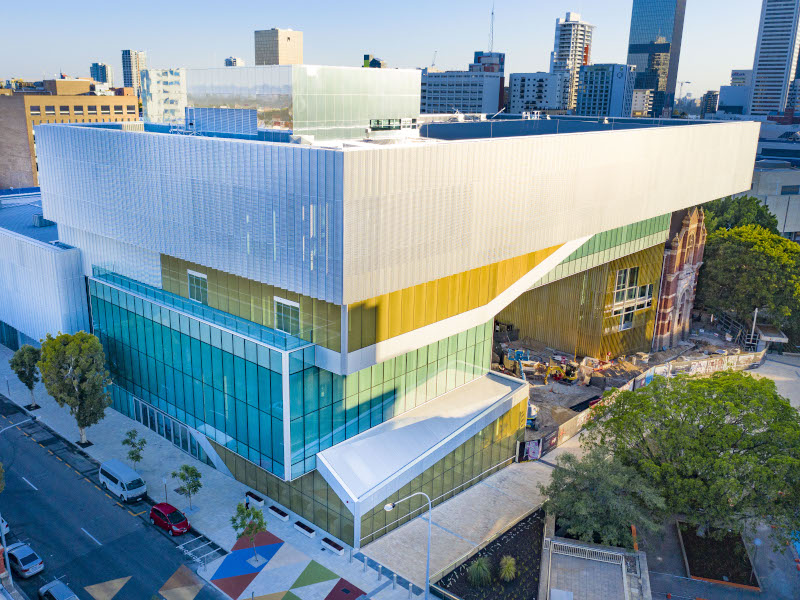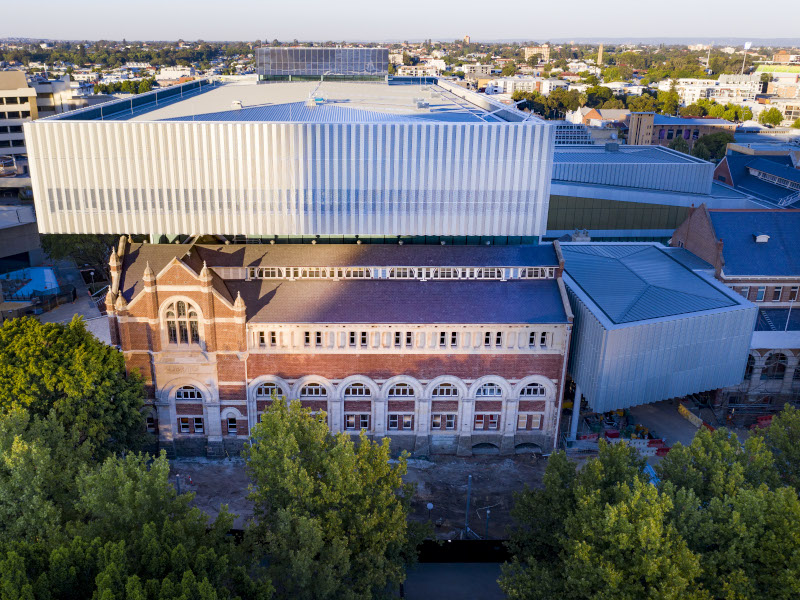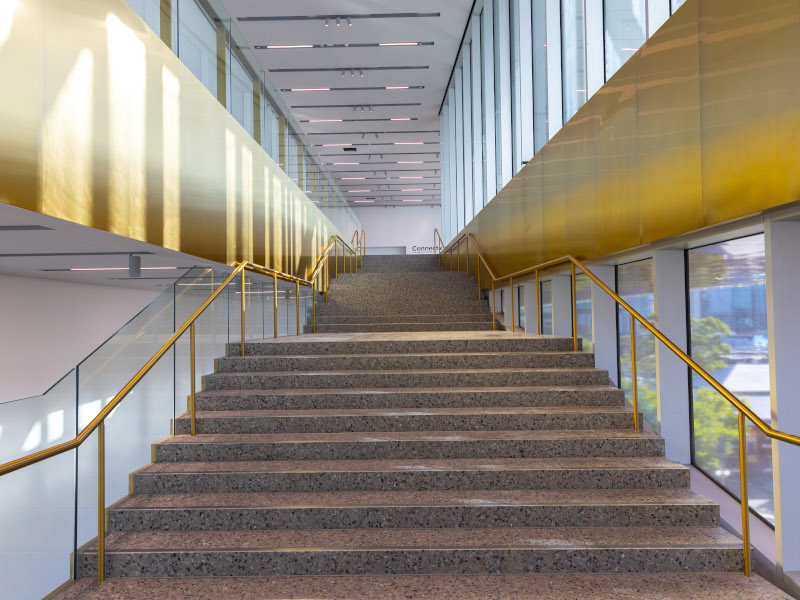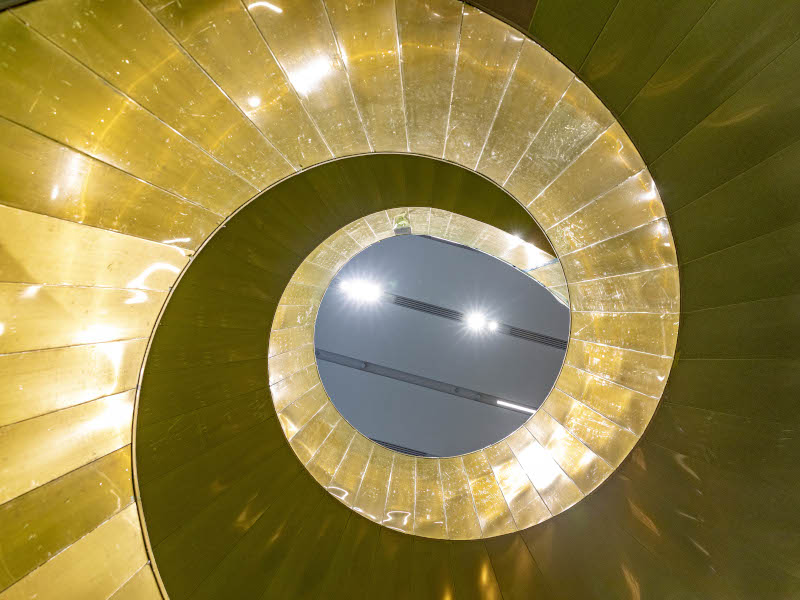The new Western Australian museum is located in the heart of Perth’s cultural centre in Australia. It was designed by Hassell in collaboration with OMA architects.
The museum development involved renovations to heritage buildings, along with new additions to present the region’s vast natural and cultural collections. The new museum also offers space for exhibitions, events and global touring shows, as well as retail and dining options.
The $400m ($274m) project is managed by the Department of Finance for the Department of Local Government, Sport and Cultural Industries and the WA Museum. It created 3,300 jobs and employed 2,900 personnel during construction.
The ground-breaking of the project was held in 2017 and construction was completed in December 2019. The new museum is expected to open to the public in November 2020.
Museum history and background
The Western Australian museum was established as the Geological Museum in 1891. It added cultural, ethnological and biological collections from the Swan River Mechanics Institute and local constabulary, and became the Perth Museum in 1892. In 1987, it was rebranded as the Western Australian Museum and Art Gallery.
The Museum and Art Gallery became separate institutions following the transfer of the botanical collection to the Western Australian Herbarium in 1959.
The museum’s research in the following years included areas such as natural sciences, anthropology, archaeology and the history of Western Australia. Its scope was expanded to include historic shipwrecks and Aboriginal site management during the 1960s and 1970s.
The facility currently has seven public locations and a space dedicated for collections and research, with over eight million objects.
New Western Australian Museum details
The 19,000m² museum includes a new building integrated with the existing heritage buildings of Old Gaol, Hackett Hall, and the Jubilee and Beaufort Street wings. The old buildings underwent complete renovation to ensure a seamless connection to the new ones.
The new museum is thrice the size of the previous one, and includes eight major galleries spanning across 7,000m².
The galleries are surrounded by learning studios, multipurpose areas for public events, a shop, and a café.
The museum will have thousands of items from its collections displayed across four levels. It has a welcoming entrance and foyer space.
The City Room of the museum is a sheltered public space for hosting cultural events and daily gatherings. It also includes a 1,000m² temporary exhibition space to host large-scale, special exhibitions from different parts of the world.
A Woodside learning centre for lifelong learning and programming is also a part of the museum. The Welshpool Collections and Research Centre was upgraded in 2016.
Design and features of the new museum
The historical buildings are connected to the new volumes through two intersecting circulation loops. These loops, one horizontal and one vertical, create multiple visitor routes, allowing free movement of visitors through the buildings.
These routes connect the exhibition galleries, event and programme spaces, and commercial establishments. The design will encourage people to explore the museum’s collection and create a unique experience.
A large volume is cantilevered over the Hackett Hall to create the City Room. The City Room is visually connected to the two circulation loops and is the focal point of the entire project.
The new buildings are covered with perforated metal façades to shine during the day and glow in the dark.
Contractors involved
Multiplex Constructions was the managing contractor to design and construct the project.
BG&E is the structural engineer for the project, while Wood & Grieve is the services engineer.
Hera was contracted as the façade engineer. Atelier Ten won a contract to provide environmental sustainability design (ESD) engineering services.
Element is the heritage architect while JMG is the building surveyor.
Studio Ongarato was appointed to deliver signage and wayfinding systems.







